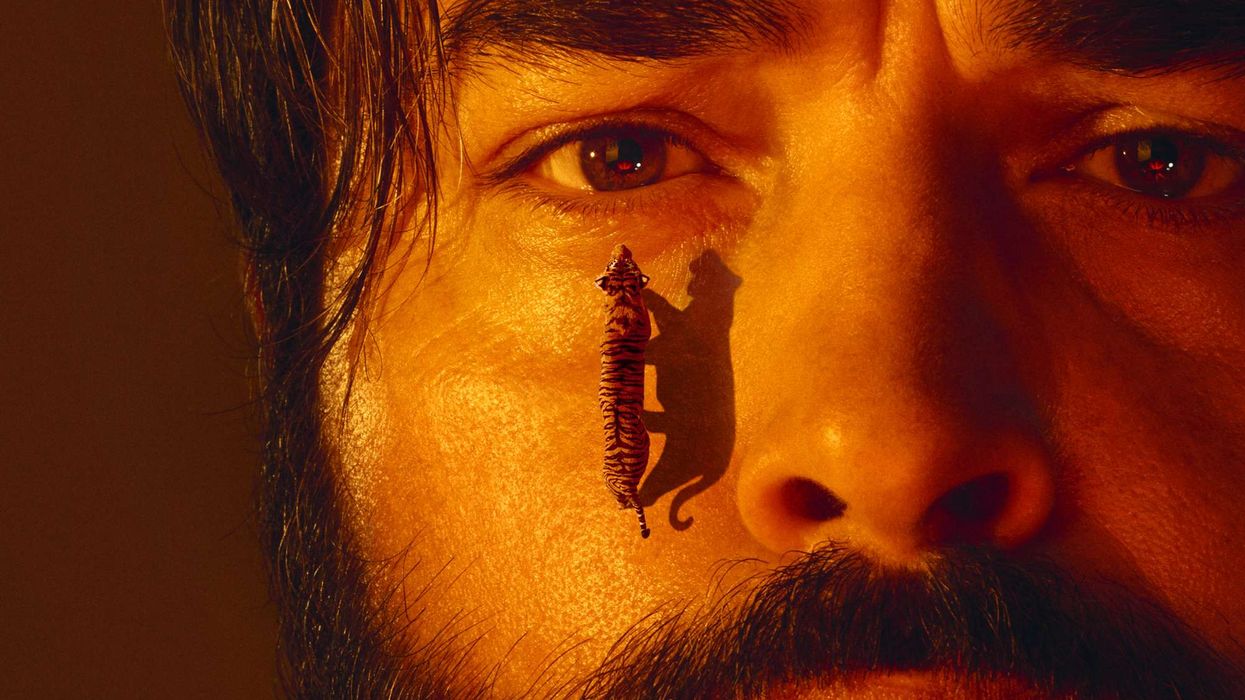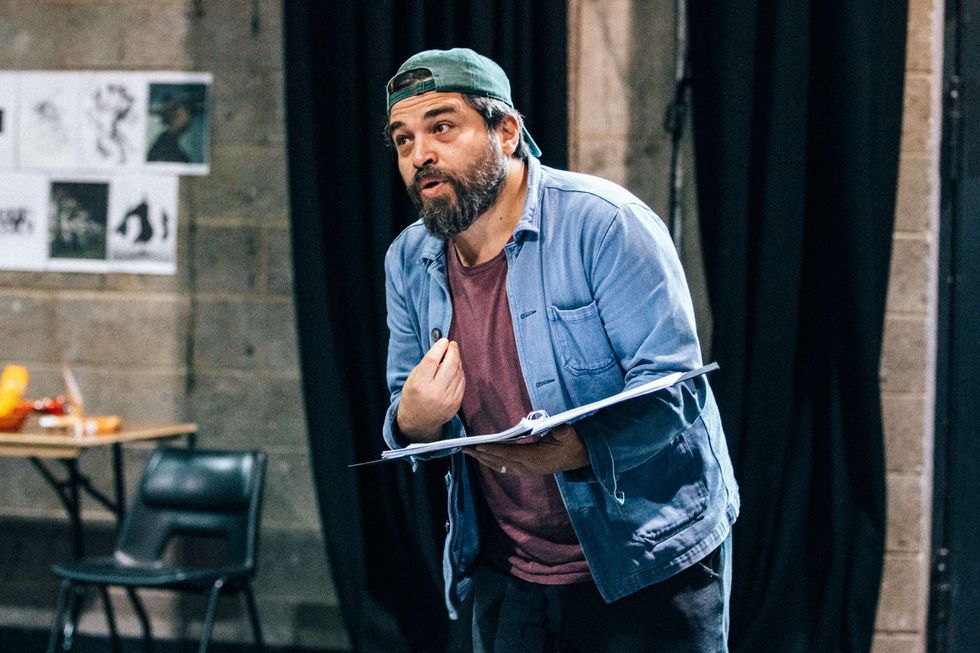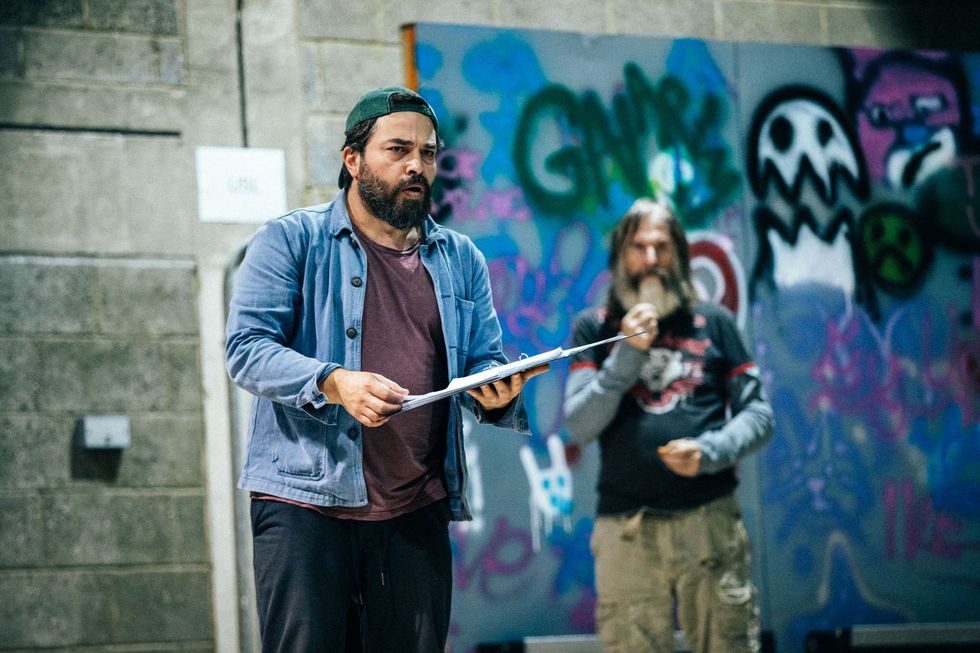by ASJAD NAZIR
THIS week marks the death anniversary of Bollywood legend Dev Anand, who passed away on December 3, 2011, aged 88. Although he is best remembered for starring in a massive number of successful movies, the legendary star’s legacy stretches beyond that because he also launched a lot of newcomers to greatness. Those who are still with us will no doubt remember him this week along with fans around the world. Here is a list of some unknowns Dev Anand (right) helped turn into shining stars across the many decades.
Guru Dutt: Dev Anand made friends with aspiring actor/director Guru Dutt during their days of struggle and promised to help him if he ever made it. Anand kept his word and launched Dutt as a director with blockbuster 1951 hit Baazi. Dutt would go onto establish himself as one of the greatest ever filmmakers.
Kalpana Kartik: She may not be as well known as other leading ladies from the golden era of Bollywood, but Kalpana Kartik delivered winning performances in her day. She made her debut opposite Dev Anand in his home production Baazi (1951) and would later go onto marry him.
Sahir Ludhianvi: One of the greatest lyricists in Bollywood history came to prominence after penning songs for Dev Anand’s 1951 home production Baazi. He had written songs for a few forgettable films before then, but Anand spotted his genius and roped him in for his major movie, which turned the lyricist into an overnight star.
Raj Khosla: Dev Anand hired Raj Khosla to assist Guru Dutt and eventually launched him as a director, which included starring in his first five films. Khosla would go onto have a prolific filmmaking career with classics still loved today and never forgot Anand’s kindness.
Waheeda Rehman: Although Guru Dutt is largely credited with launching Waheeda Rehman into Bollywood with a supporting role in smash hit 1956 movie CID, lead star Dev Anand made it happen by agreeing for her to be cast in the crime thriller.
Jaidev: The ace composer made a mark with a string of successful soundtracks and was the first music director to win three National Awards. He started his incredible musical journey by composing for Dev Anand’s home banner Navketan Films in the 1950s. His collaborations with Anand included the stunning songs in Hum Dono (1961).
Vijay Anand: The visionary filmmaker had got his big break from elder brother Dev Anand, who produced and played the lead role in his successful directorial debut Nau Do Gyarah (1957). The two brothers would form a cinematic dream team with many subsequent successes, including iconic classics like Guide (1965), Jewel Thief (1967) and Johny Mera Naam (1970).
Zeenat Aman: The beauty queen turned actress nearly quit Bollywood after her first two films failed, but then was persuaded by Dev Anand to play a supporting role in hit 1971 film Hare Rama Hare Krishna. That award-winning turn would lead the actress to become one of the biggest stars of the 70s and an icon in her own right.
Tina Munim: Today she is known as billionaire Tina Ambani, but before marriage and in the beginning, acting was her big passion. Dev Anand spotted her talent early on and launched her in hit 1978 film Des Pardes. She had a successful acting career before getting married and concentrating on charity work.
Jackie Shroff: The actor was given his first film break by Dev Anand in his 1982 drama Swami Dada and always remembered that very first opportunity. The following year Jackie would become a superstar with his next film Hero (1983), which was directed by Subhash Ghai.
Tabu: Not many people know that Tabu got her first proper acting opportunity as a teenager from Dev Anand in Hum Naujawan (1985). That same film marked the acting debut of Richa Sharma.
Neeru Bajwa: Today Neeru Bajwa is the undisputed queen of Punjabi cinema and has been helping the industry go global. She got her first break into movie thanks to Dev Anand in her 1998 debut movie Main Solah Baras Ki.





 Ammar says the play’s script itself served as a compass in navigating Musa’s divided psycheIsha Shah
Ammar says the play’s script itself served as a compass in navigating Musa’s divided psycheIsha Shah Bengal Tiger at the Baghdad Zoo runs at the Young Vic Theatre in London from December 2 – 31 January 31 2026Isha Shah
Bengal Tiger at the Baghdad Zoo runs at the Young Vic Theatre in London from December 2 – 31 January 31 2026Isha Shah






